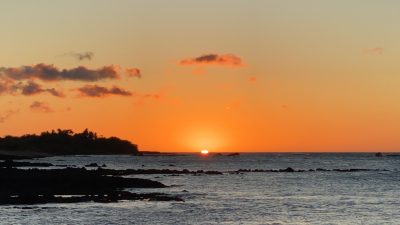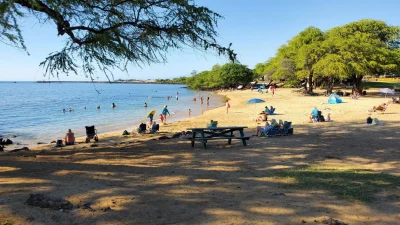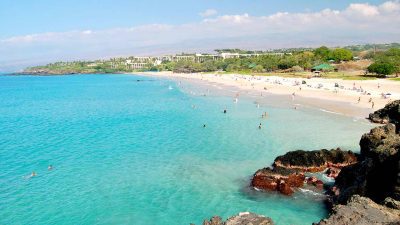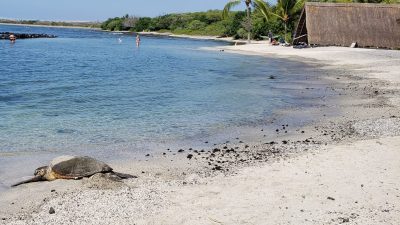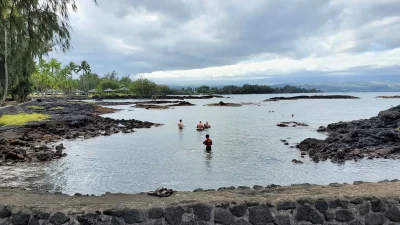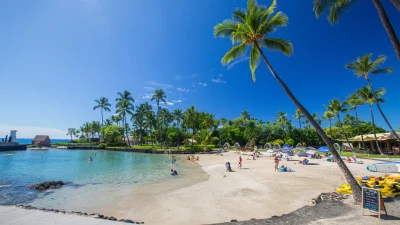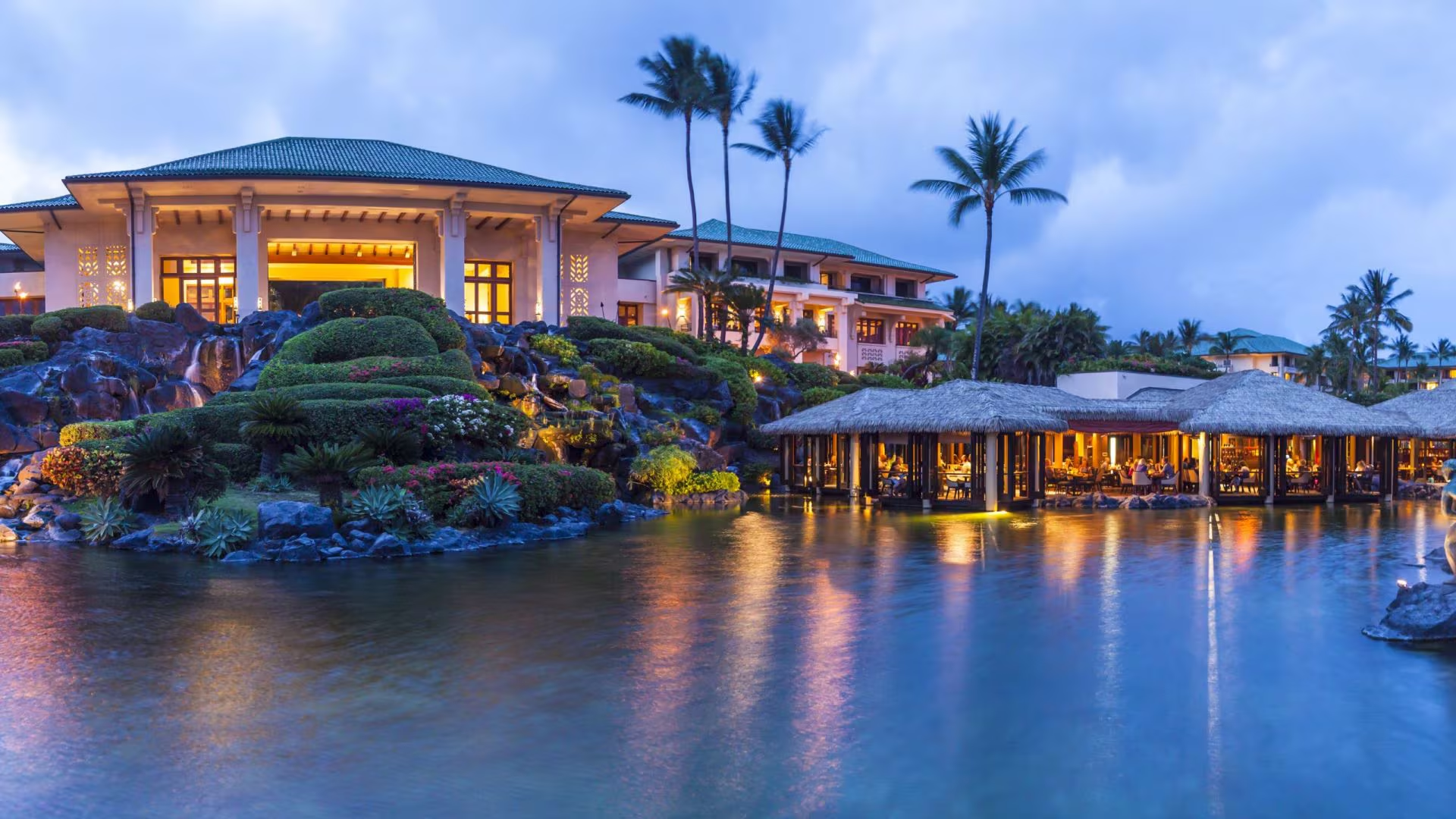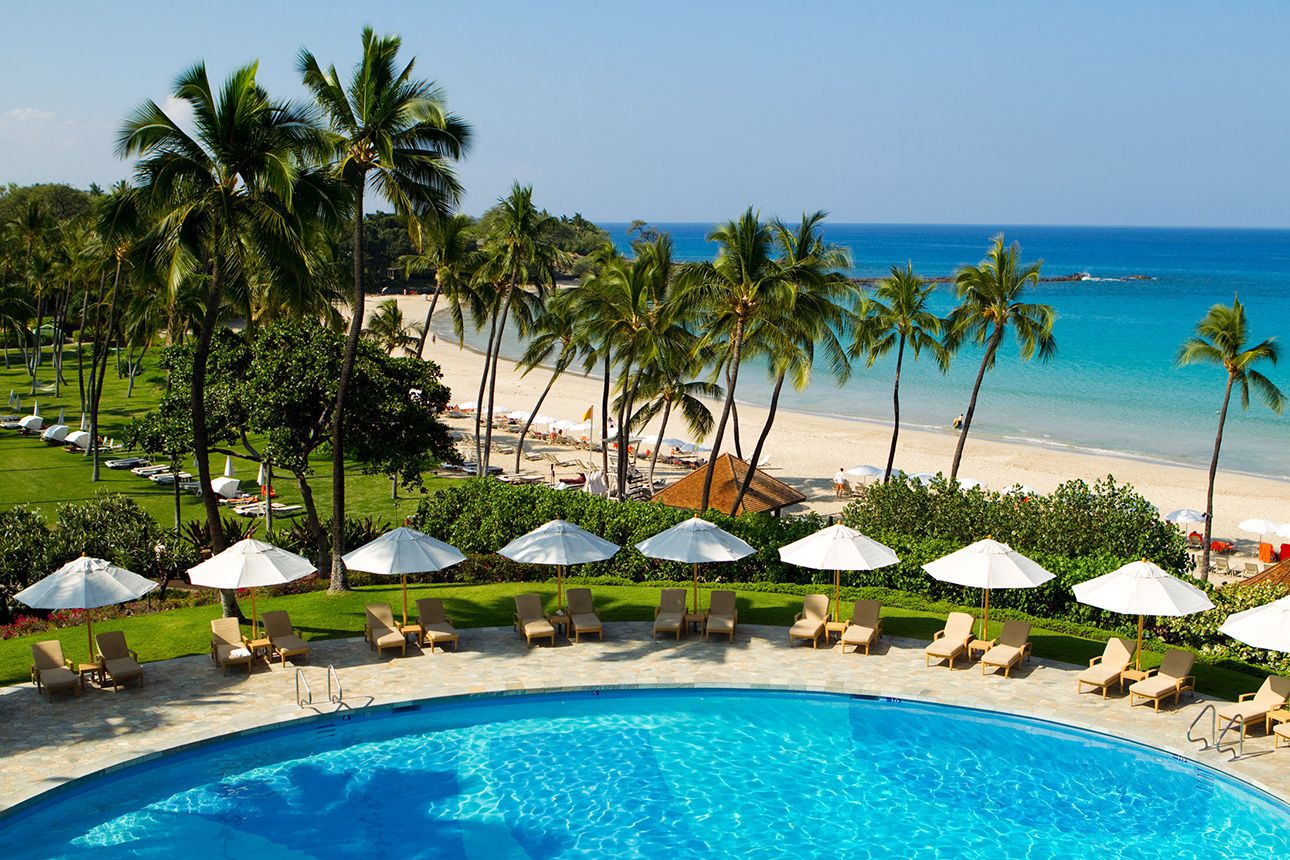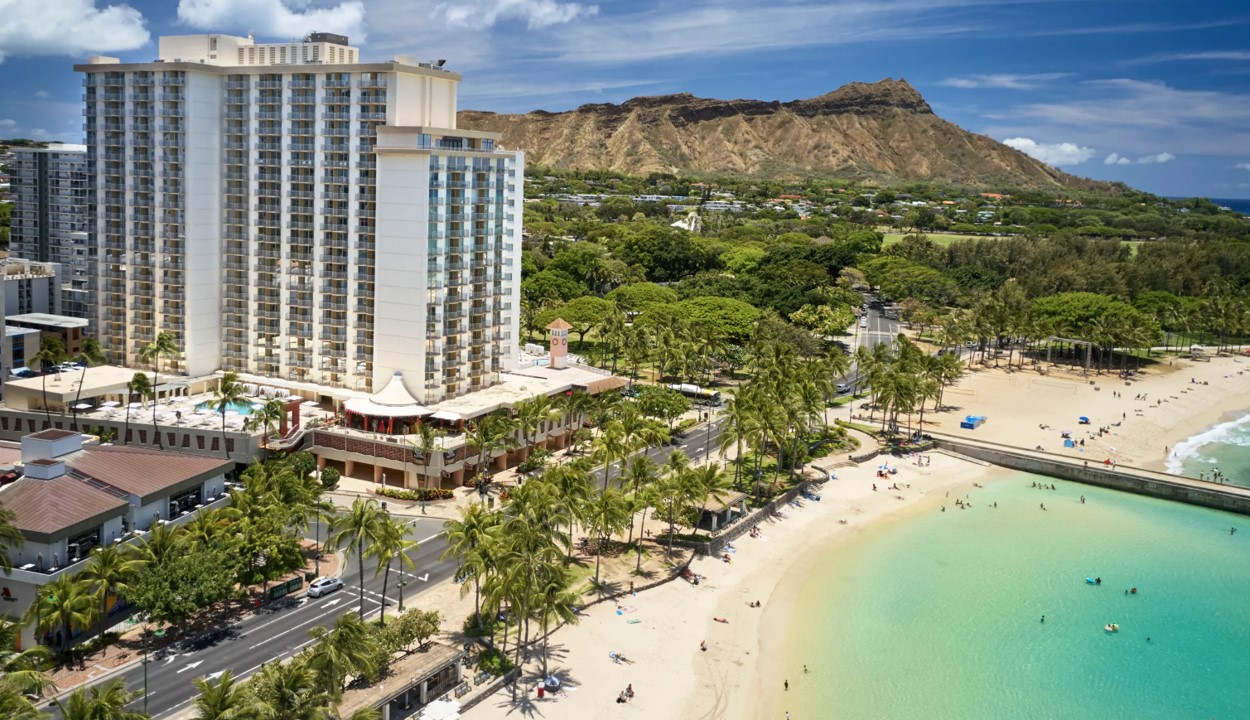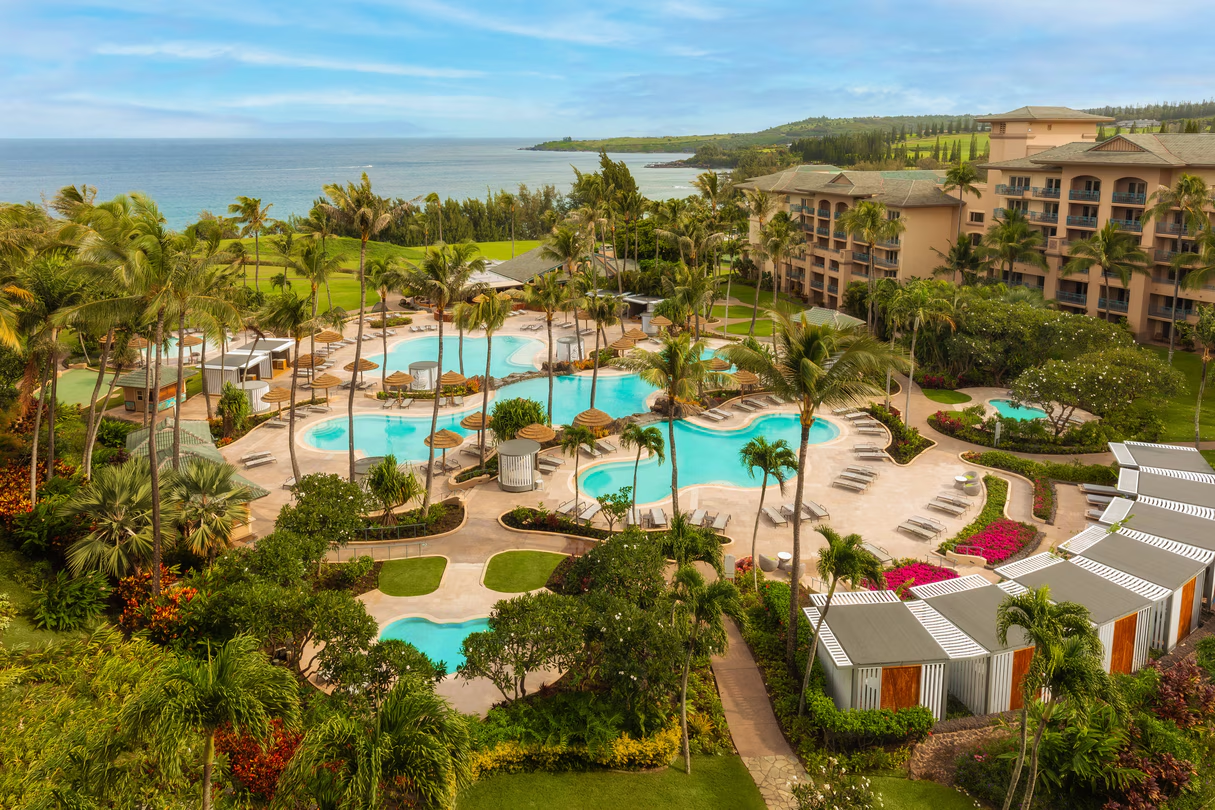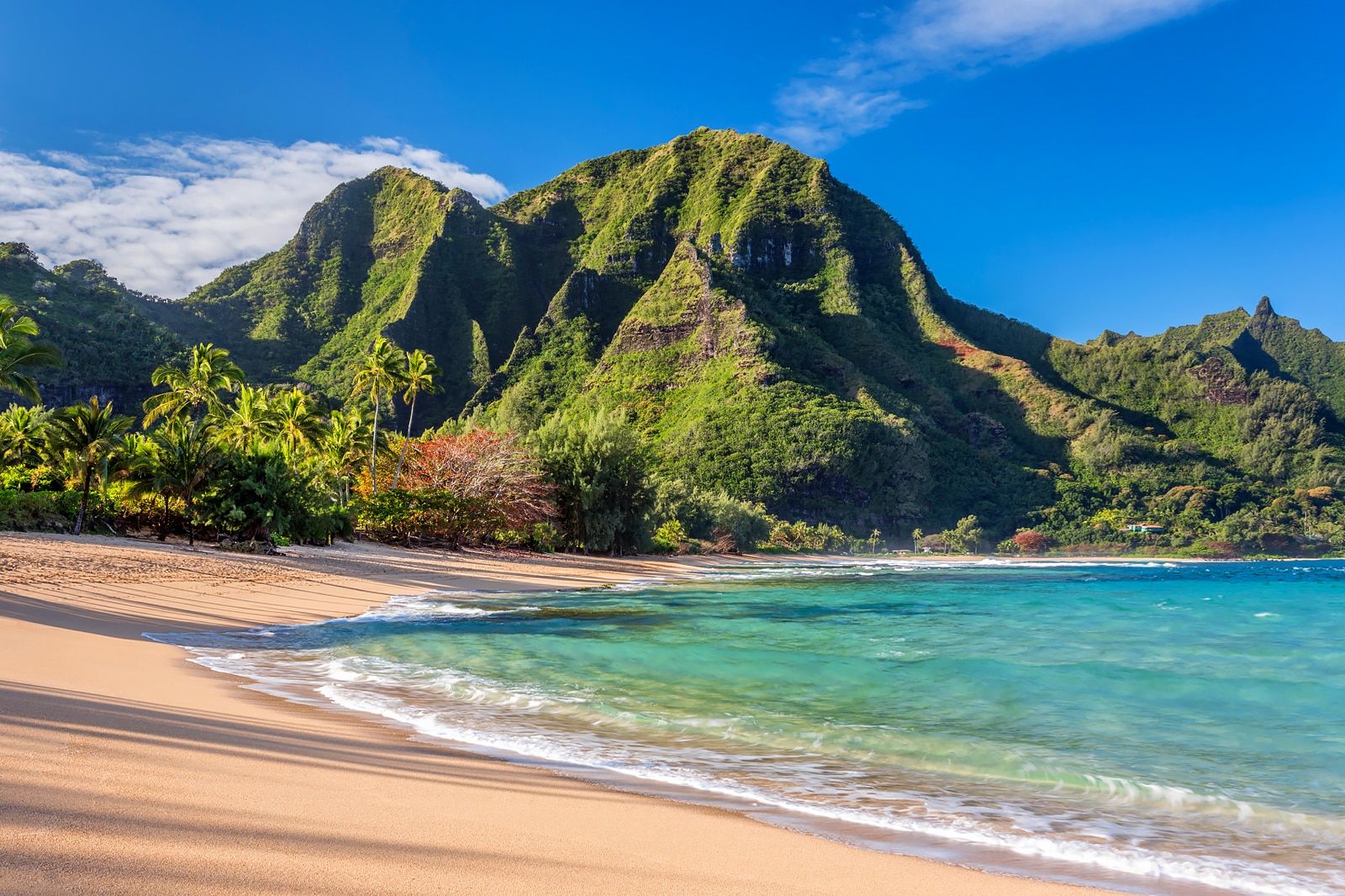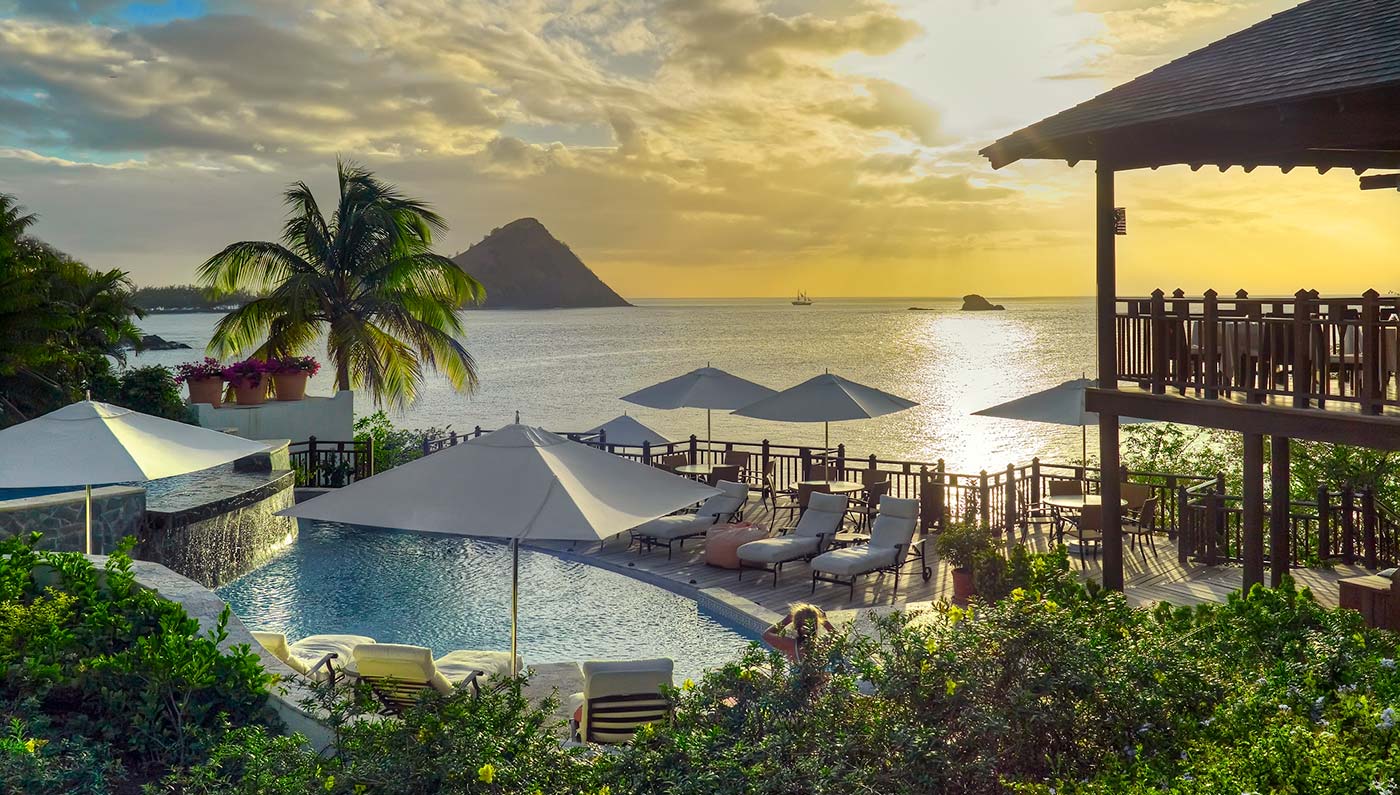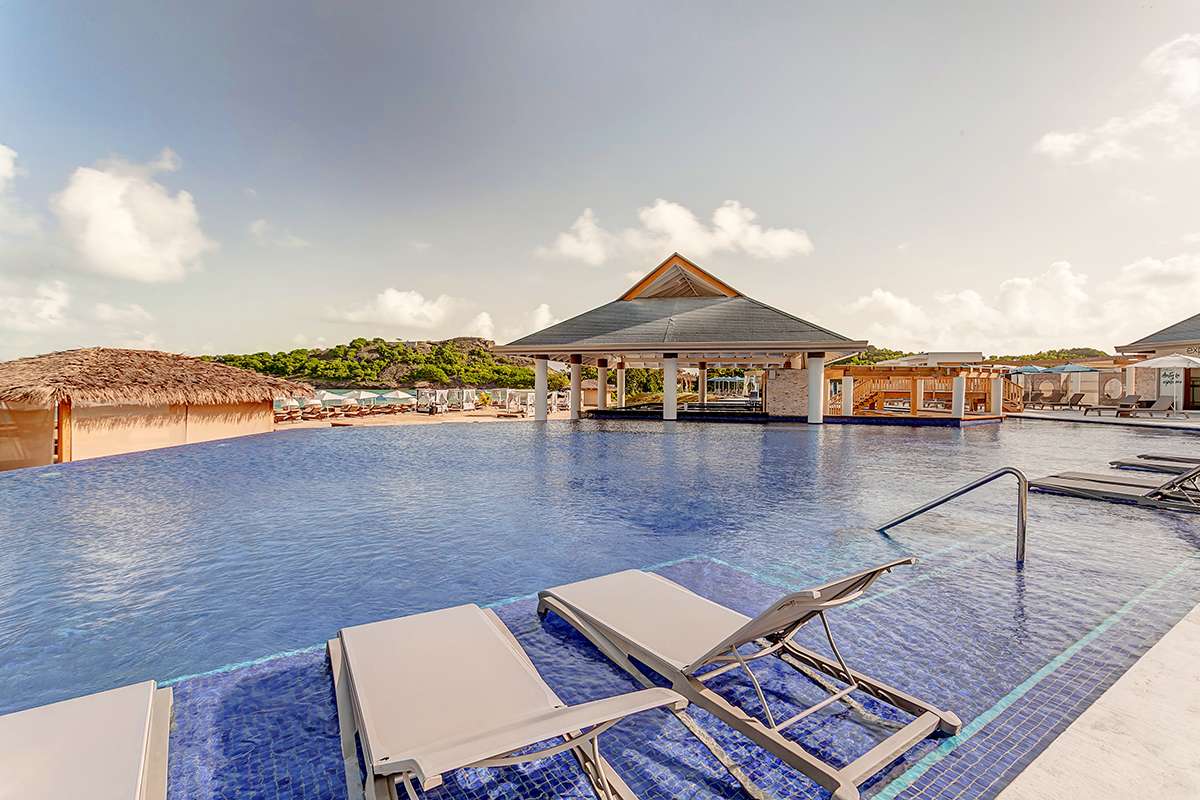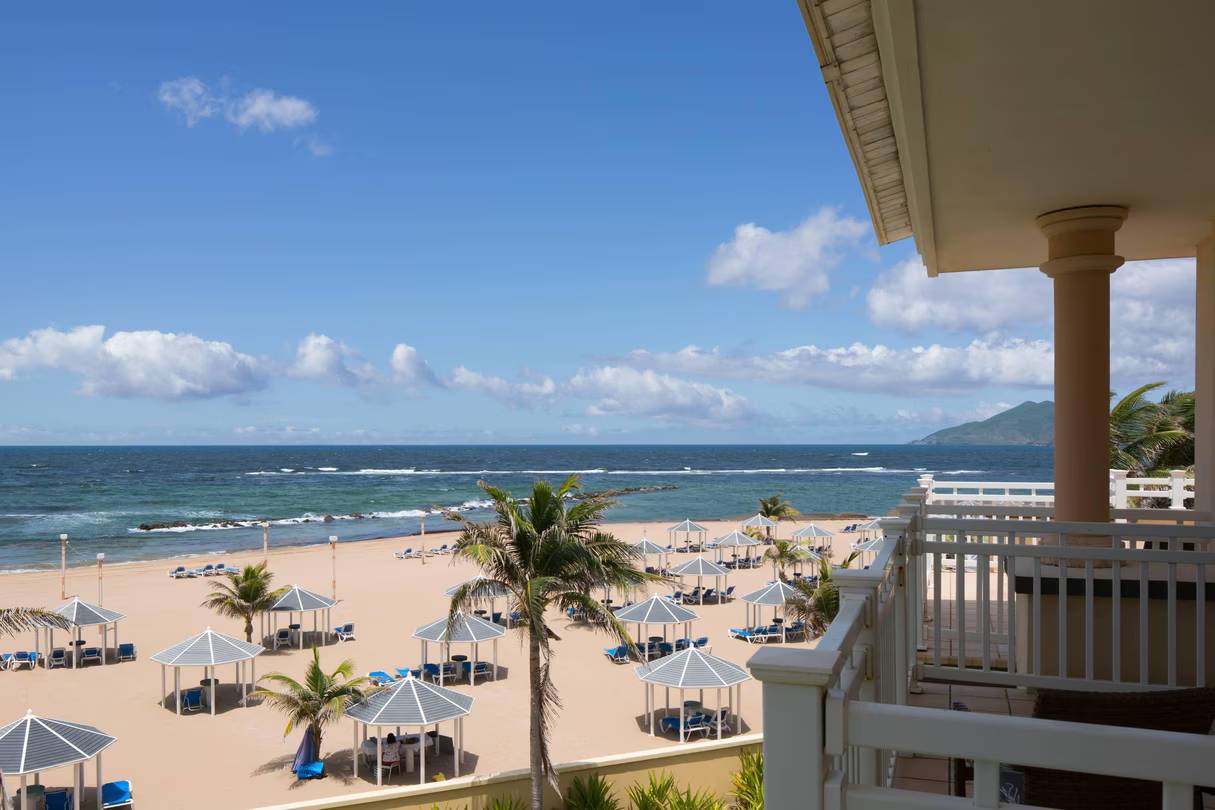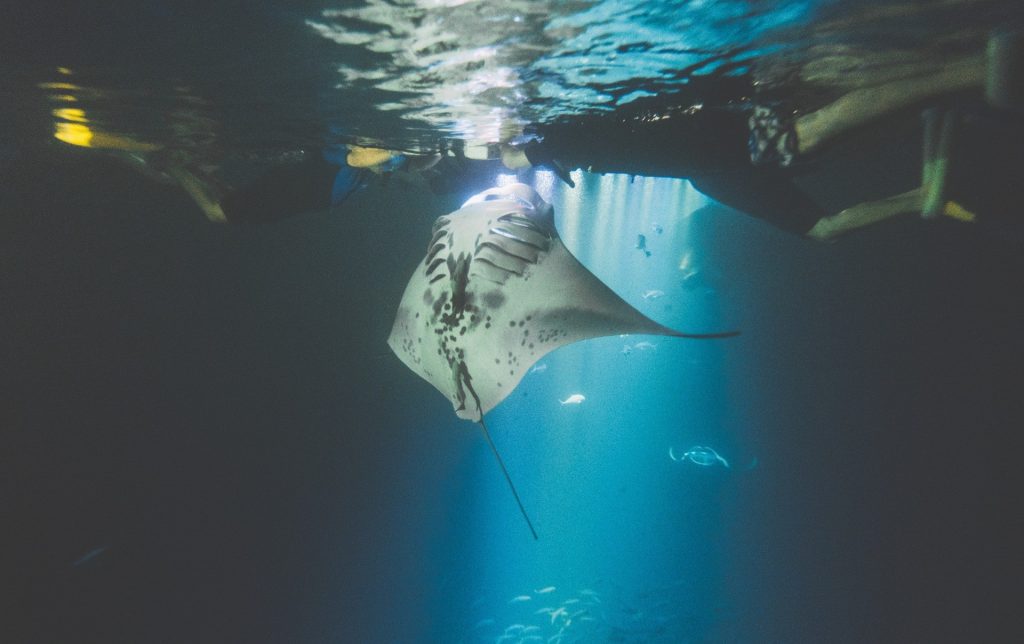
If your family loves the ocean, snorkeling with manta rays is one of the most awe-inspiring experiences you can have in Hawaii — and it’s something your kids will talk about for years to come. Imagine floating in warm waters under the stars while massive manta rays glide just inches away. It’s part thrill, part magic, and all unforgettable.
Manta ray night snorkeling trips are once-in-a-lifetime adventures that are safe, exciting, and easy to enjoy together. Here’s everything you need to know before you go — including the best spots, what it’s like, and how to decide if it’s right for your kids.
Before we dive in, have you seen our ranked lists on Big Island? They might add helpful context and information for your trip.
Discover the Best Kid-Friendly Hotels on the Big Island of Hawaii
Family friendly excursions on Big Island
Kid friendly beaches on Big Island
For detailed visitor info, check out the Wikivoyage page on Big Island.
What Is Manta Ray Night Snorkeling?
Manta ray snorkeling is a unique nighttime experience where snorkelers float above the ocean surface as large, gentle manta rays perform graceful loops beneath them. These rays can have wingspans of 12 feet or more, and watching them barrel roll through glowing plankton-rich water is something straight out of a nature documentary.
The trick? Tour operators use underwater lights to attract plankton, which in turn draws in the mantas for a feeding frenzy — one you get to witness up close. You’ll float on the surface holding onto a lighted raft or flotation device, with your face in the water and a front-row seat to the show.
Manta rays don’t have stingers or teeth, and they’re not aggressive. In fact, they’re curious, calm, and entirely safe to be around, which makes this a truly family-friendly adventure for ocean-loving kids and parents alike.
Why the Kona Manta Ray Snorkel is So Unique
Hawai‘i isn’t the only place you can swim with manta rays — they’re also found in places like the Maldives, the Great Barrier Reef, and the Galapagos Islands. But Kona offers a very different kind of experience. In most locations, manta encounters happen at “cleaning stations,” where mantas hover while smaller fish clean their skin.
Off the Kona Coast, it’s all about feeding stations. Here, manta rays gather to feast on dense clouds of plankton drawn in by bright lights. Originally, it was hotel lights shining onto the ocean that attracted plankton — and in turn, the mantas. Today, tour operators bring powerful lights with them to create the same effect, setting the stage for an incredible nighttime show. Divers shine lights upward, while snorkelers float above with lights pointing down, creating a glowing column that brings plankton (and hungry mantas) right to you.
Watching mantas feed — barrel-rolling and gliding just inches away — is a far more thrilling sight than watching them at cleaning stations. That’s what makes Kona one of the best places in the world for a manta ray encounter.
Meet the Kona Manta Rays
The manta rays you’ll see off the Kona Coast are reef manta rays (Mobula alfredi), the second-largest species of manta rays in the world. Some can grow up to 18 feet across, but most in Kona are closer to 12 feet.
Reef mantas filter plankton from the water as they swim with their giant mouths open. Unlike other types of manta rays, Kona’s reef mantas don’t migrate — they spend their entire lives along the coastal waters of Hawai‘i. Many of the rays have been individually identified and named by researchers. Some have been coming to these feeding spots for decades!
Why the Big Island?
While you might hear of manta rays near Maui or Oahu, the Big Island — particularly the Kona coast — is the place to see them. That’s because this area has reliable manta feeding zones, thanks to the combination of plankton-rich waters and consistent lighting from resorts and tour operations over the years.
There are three main locations where manta rays are regularly seen:
1. Manta Village (Keauhou Bay)
This is the original site of manta ray night snorkeling, located just offshore from the Sheraton Kona Resort. It’s calm, shallow, and one of the most dependable places to see mantas. Even if you stay onshore, the resort lights often draw mantas close enough to view from a public overlook. If it’s your first time or you’re with younger kids, this is a top pick.
2. Manta Heaven (Garden Eel Cove)
Just north of the Kona airport, this site is a little deeper and typically accessed by boat. It has an incredibly high sighting rate, and the experience can be slightly more adventurous due to ocean depth and occasional swells. It’s a great option for families with older children who are strong swimmers and more comfortable in the water.
3. Manta Point (Mauna Kea Beach)
This site offers a rare chance to see mantas from the beach. The Mauna Kea Beach Hotel has lights that attract plankton, drawing mantas close to shore. While snorkeling is occasionally possible here from the beach (conditions permitting), even standing on the rocks at night can be mesmerizing as mantas glide just below the surface.
Parent review – “What It’s Like Snorkeling with Manta Rays as a Family in Kona”
We decided to try a manta ray snorkeling tour while visiting the Big Island. I went with my 15-year-old and our two 10-year-olds. All three are strong swimmers, but it was their first time snorkeling at night. We booked with Sea Quest, and they were great — very organized and kid-friendly.
The boat ride out was a little rough. If your kids get motion sickness, it’s something to plan for. Once we got to the site, the guides helped everyone get into the water and hold onto a big floating board with lights that shine down to attract the manta rays.
Within minutes, we saw a huge manta ray glide right underneath us. It was close enough to touch (though you’re not allowed to). More rays showed up, and we stayed still, watching them loop and flip below. The kids went from nervous to completely amazed.
Parent Tips:
- Kids need to be confident swimmers — the ocean at night can feel overwhelming.
- Bring or ask for wetsuits; the water gets cold.
- Pay attention during the safety talk — it helped the kids feel more prepared.
- Have a plan if anyone feels seasick.
Overall, it was one of the best things we did on the island. If your kids are good in the water, it’s a memory you’ll never forget.
Manta Ray Snorkel Video Experience
What Age Is It Best For?
Most tours recommend participants be at least 7 years old. It’s important that your child:
- Can float comfortably on their belly
- Is okay snorkeling or wearing a mask
- Feels comfortable in the ocean, even at night
Night snorkeling might sound scary to some kids, but the experience is actually very calm and peaceful once you’re in the water. Everyone floats on large rafts or boards with handholds, often with a guide in the water, so there’s plenty of support. If your child is a bit nervous, ask the tour ahead of time about kid-friendly setups like personal guides or private trips.
What to Expect
The Boat Ride
Most tours leave around sunset. Expect a 15–30 minute boat ride to the snorkel site. Guides use this time to give a safety briefing, hand out gear, and explain manta behavior.
Getting in the Water
You’ll wear a mask and snorkel and hold onto a floating light raft or board. Your legs will stay behind you to avoid disturbing the rays — you’ll basically just float and watch.
The Experience
As the lights attract plankton, manta rays begin to arrive, swooping and spinning just beneath your body. Sometimes they pass within inches — a moment that feels surreal but is completely safe. Most tours stay in the water for 30–45 minutes.
After the Swim
Back on the boat, expect warm drinks, snacks, and a cozy ride home under the stars. Some tours even share GoPro footage of your experience.
How to Prepare Your Family
Practice Snorkeling First
Get your kids used to snorkeling in calm, shallow water before you go. The more confident they feel, the more they’ll enjoy the night swim.
Talk Through the Night Setting
If your child is anxious about the dark, frame it as a stargazing adventure! Remind them they’ll be on the surface with lights and guides the whole time.
Bring Warm Layers
After getting out of the ocean, the breeze can feel chilly. Pack a towel, hoodie, or dry shirt for each family member.
Bring Snacks and Hydration
Kids often get hungry after ocean activities. Some tours offer snacks, but it’s smart to have a little extra fuel on hand for the ride home.
Is It Safe?
Yes — manta ray snorkeling is one of the safest wildlife interactions you can do in the ocean. Mantas are filter feeders, meaning they eat tiny plankton, not fish or people. They’re naturally curious but incredibly gentle, and they pose no threat to swimmers.
That said, always follow your guide’s instructions:
- Don’t reach out or try to touch the mantas
- Keep your body flat in the water
- Don’t kick or splash, as this can scare the animals
Tour companies keep safety top-of-mind, and certified guides are in the water with you the entire time. If your child gets cold, tired, or nervous, they can always return to the boat early.
Best Time of Year to Go
Manta rays are seen year-round, but the calmest conditions are typically from April through October. Winter months can bring larger swells and the occasional canceled tour, though manta activity remains strong.
We recommend booking your snorkel trip early in your Big Island itinerary. That way, if the weather doesn’t cooperate, you’ll have time to reschedule during your stay.
A Final Word for Families
Snorkeling with manta rays isn’t just a bucket list item — it’s one of those rare, wide-eyed experiences that turns a family trip into something extraordinary. Whether you’re watching from the shoreline or floating above these gentle giants in the glow of underwater lights, you’ll walk away with an unforgettable story and a deeper love for the ocean.
At Kiddometer, we love experiences that spark wonder while keeping safety front and center. And when it comes to snorkeling with manta rays on the Big Island, we give it a glowing thumbs-up.
Have you seen our ranked lists on Big Island? They might add helpful context and information for your trip.
Discover the Best Kid-Friendly Hotels on the Big Island of Hawaii
Family friendly excursions on Big Island
Kid friendly beaches on Big Island
For detailed visitor info, check out the Wikivoyage page on Big Island.


